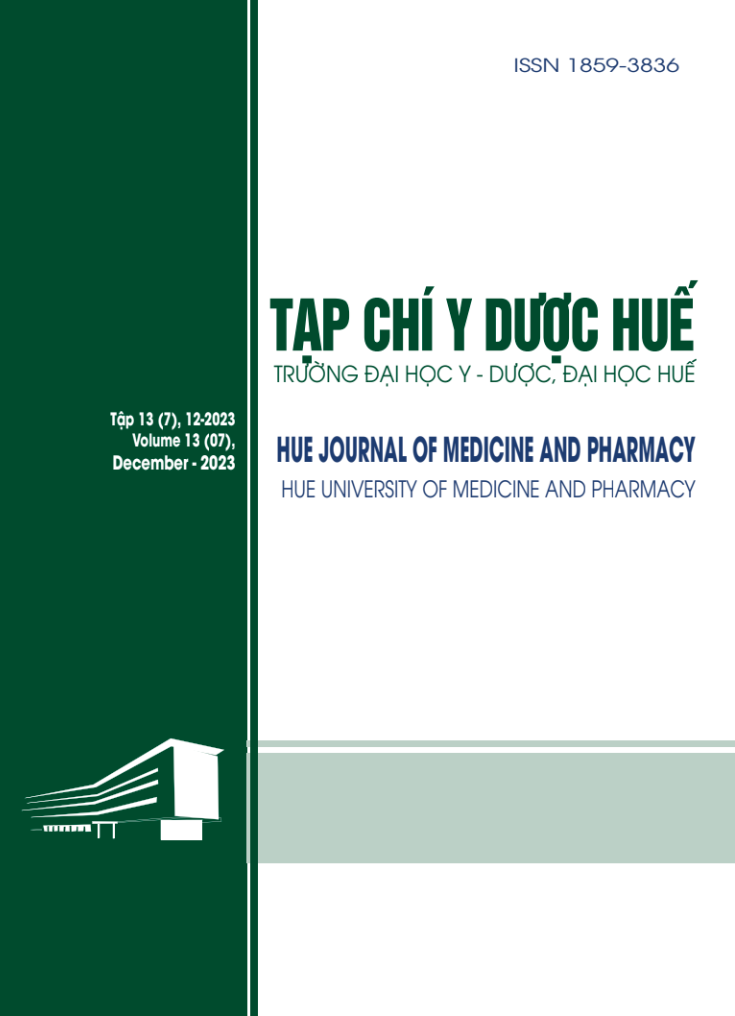Tóm tắt
Đặt vấn đề: Hình thái dấu vân tay và các bệnh lý răng miệng có mối liên quan với nhau. Mục tiêu nghiên cứu là so sánh tỷ lệ các hình thái dấu vân tay ở các nhóm trẻ không sâu răng và nhóm trẻ sâu răng. Đối tượng và phương pháp nghiên cứu: Nghiên cứu được thực hiện trên 371 trẻ độ tuổi 6 - 12 tại trường Tiểu học thị trấn Khe Tre, huyện Nam Đông, tỉnh Thừa Thiên Huế. Các trẻ được thăm khám, đánh giá các chỉ số sâu mất trám và được chia vào hai nhóm không sâu răng và có sâu răng. Thu thập dấu vân tay trên mười đầu ngón tay, tiến hành phân loại và so sánh hình thái các dấu vân ở cả hai nhóm nghiên cứu. Kết quả: Tỷ lệ chủng vân hình xoáy cao hơn ở nhóm trẻ sâu răng so với nhóm không sâu răng. Trong khi đó, tỷ lệ chủng vân hình quai ở nhóm trẻ không sâu răng cao hơn so với nhóm trẻ sâu răng. Kết luận: Dấu vân tay có thể sử dụng như là phương pháp chẩn đoán không xâm lấn để sàng lọc sớm bệnh sâu răng cũng như hướng dẫn thêm nhiều nghiên cứu khác trong tương lai| Đã xuất bản | 01-12-2023 | |
| Toàn văn |
|
|
| Ngôn ngữ |
|
|
| Số tạp chí | Tập 13 Số 7 (2023) | |
| Phân mục | Nghiên cứu | |
| DOI | 10.34071/jmp.2023.7.16 | |
| Từ khóa | dermatoglyphics; the decayed, missing, and filled teeth index; dental caries dấu vân tay; chỉ số sâu mất trám; sâu răng |

công trình này được cấp phép theo Creative Commons Attribution-phi thương mại-NoDerivatives 4.0 License International .
Bản quyền (c) 2023 Tạp chí Y Dược Huế
Nguyễn, T. T. H., & Võ, T. K. (2023). Khảo sát mối liên hệ giữa đặc điểm dấu vân tay và bệnh sâu răng trên trẻ em 6 - 12 tuổi. Tạp Chí Y Dược Huế, 13(7), 121. https://doi.org/10.34071/jmp.2023.7.16






